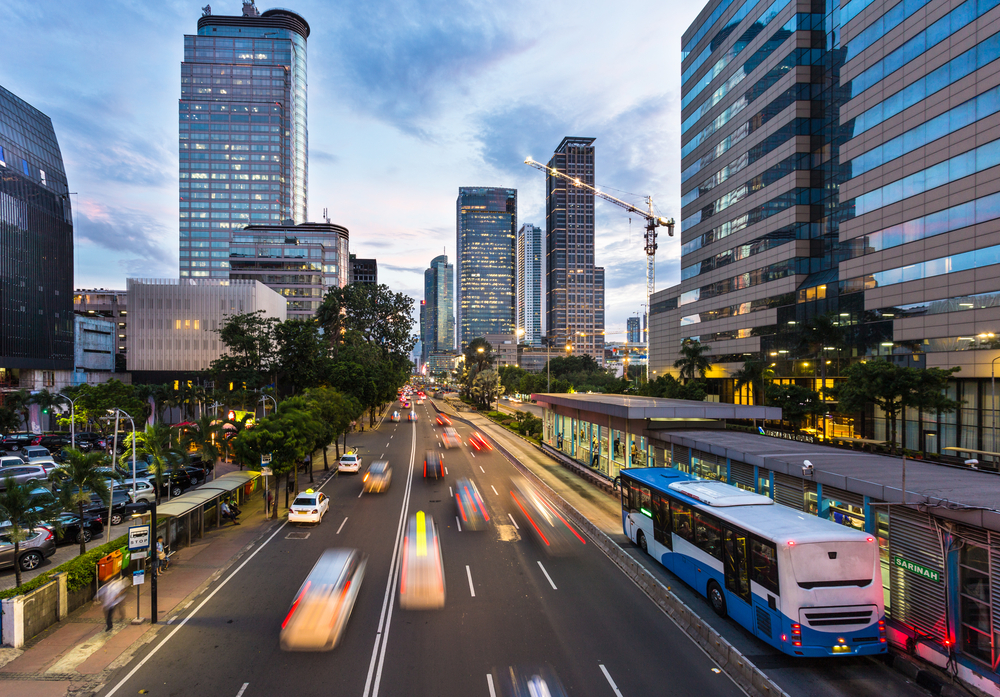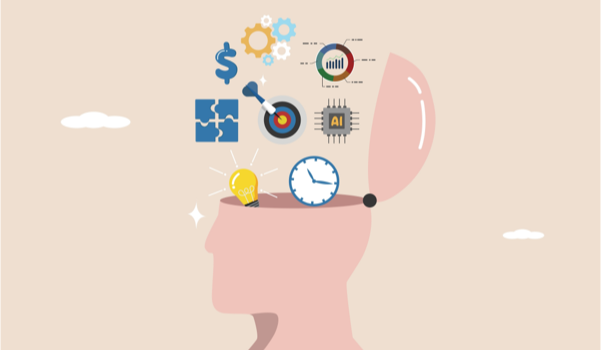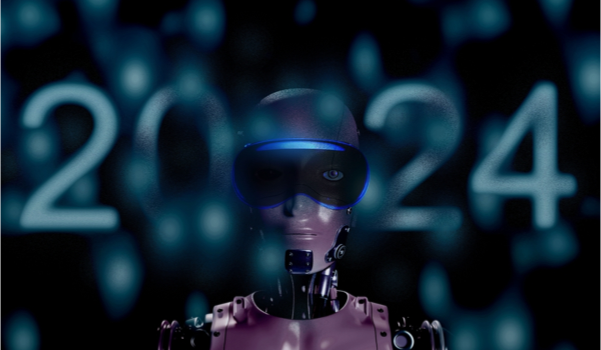


GRAZ, AUSTRIA - One of the biggest questions and challenges during these times of climate change is how to bring autonomy to everyday tasks in agriculture and forestry. Which processes can be automated and how? There are a plethora of scenarios that can use state-of-the-art artificial intelligence (AI) technologies, ranging from the detection of rare species, plant diseases, conservation of natural resources, prevention of accidents and predictions of forest development depending on weather and climate changes. This is an area that will use the computational capabilities of AI, the Internet of Things, cloud computing, and robotics to reshape the daily lives of thousands of foresters and farmers.
Imagine a farmer not needing to go out to the field every day at a particular time, but rather having trained robots in his/her position to use optimal routes, gather the necessary information through computer vision and embodied sensors, and even act upon changes in the environment by performing the same task as the farmer does. After a sufficient period, once the robot has observed the farmer's work to a sufficient extent, it will have become autonomous enough to detect problems that are of interest to the farmer with a low error rate. It will also be able to take necessary actions and will only need the farmer in very rare cases where human intervention is more appropriate. With the help of explainable AI (xAI) methods,[1] an AI algorithm is in a position to explain to the farmer why it chose a particular problem solution strategy, and to provide insights and knowledge that the farmer had not even thought of. This phenomenon has already been seen in other areas like gaming.[2] As a result, the training potential of new farmers improves both parts - the human and the AI agent.
The differentiation between state-of-the-art AI technologies in 1) autonomous, 2) automated, 3) assisted, and 4) augmenting AI systems is describ
The content herein is subject to copyright by The Yuan. All rights reserved. The content of the services is owned or licensed to The Yuan. Such content from The Yuan may be shared and reprinted but must clearly identify The Yuan as its original source. Content from a third-party copyright holder identified in the copyright notice contained in such third party’s content appearing in The Yuan must likewise be clearly labeled as such. Continue with Linkedin
Continue with Linkedin
 Continue with Google
Continue with Google










 1377 views
1377 views







